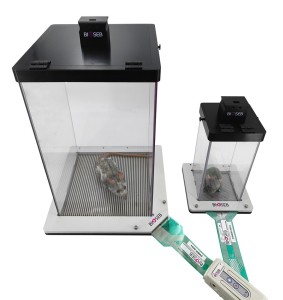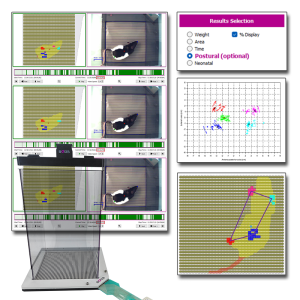Authors
Majuta LA, Longo G, Fealk MN, McCaffrey G, Mantyh PW.
Lab
Department of Pharmacology, University of Arizona, Tucson, AZ 85724, USA bArizona Cancer Center, University of Arizona, Tucson, USA.
Journal
Pain
Abstract
The number of patients suffering from postoperative pain due to orthopedic surgery and bone fracture is projected to dramatically increase because the human life span, weight, and involvement in high-activity sports continue to rise worldwide. Joint replacement or bone fracture frequently results in skeletal pain that needs to be adequately controlled for the patient to fully participate in needed physical rehabilitation. Currently, the 2 major therapies used to control skeletal pain are nonsteroidal anti-inflammatory drugs and opiates, both of which have significant unwanted side effects. To assess the efficacy of novel therapies, mouse models of orthopedic and fracture pain were developed and evaluated here. These models, orthopedic surgery pain and bone fracture pain, resulted in skeletal pain-related behaviors that lasted 3 weeks and 8 to 10 weeks, respectively. These skeletal pain behaviors included spontaneous and palpation-induced nocifensive behaviors, dynamic weight bearing, limb use, and voluntary mechanical loading of the injured hind limb. Administration of anti-nerve growth factor before orthopedic surgery or after bone fracture attenuated skeletal pain behaviors by 40% to 70% depending on the end point being assessed. These data suggest that nerve growth factor is involved in driving pain due to orthopedic surgery or bone fracture. These animal models may be useful in developing an understanding of the mechanisms that drive postoperative orthopedic and bone fracture pain and the development of novel therapies to treat these skeletal pains.
BIOSEB Instruments Used
Dynamic Weight Bearing 2.0 (BIO-DWB-DUAL)
Source :

 Douleur - Allodynie/Hyperalgésie Thermique
Douleur - Allodynie/Hyperalgésie Thermique Douleur - Spontanée - Déficit de Posture
Douleur - Spontanée - Déficit de Posture Douleur - Allodynie/Hyperalgésie Mécanique
Douleur - Allodynie/Hyperalgésie Mécanique Apprentissage/Mémoire - Attention - Addiction
Apprentissage/Mémoire - Attention - Addiction Physiologie & Recherche Respiratoire
Physiologie & Recherche Respiratoire




































 Douleur
Douleur Système Nerveux Central (SNC)
Système Nerveux Central (SNC)  Neurodégénérescence
Neurodégénérescence Système sensoriel
Système sensoriel Système moteur
Système moteur Troubles de l'humeur
Troubles de l'humeur Autres pathologies
Autres pathologies Système musculaire
Système musculaire Articulations
Articulations Métabolisme
Métabolisme Thématiques transversales
Thématiques transversales Congrès & Meetings
Congrès & Meetings 
